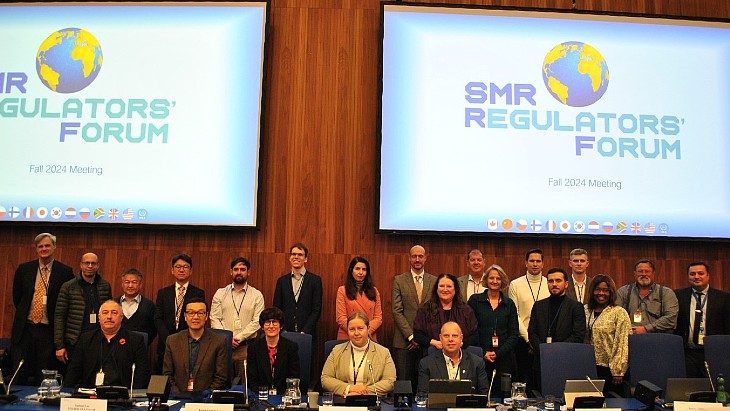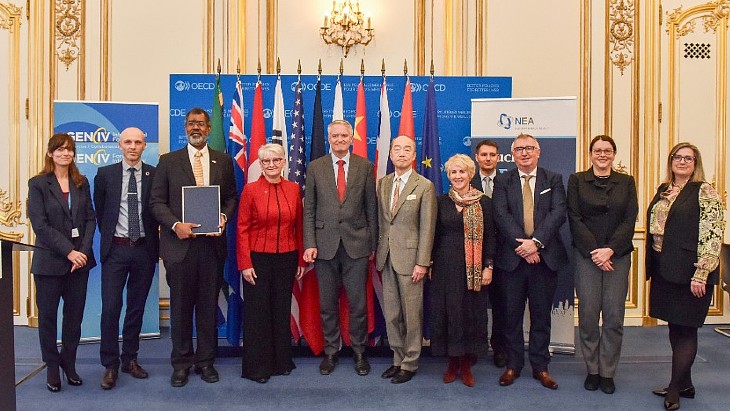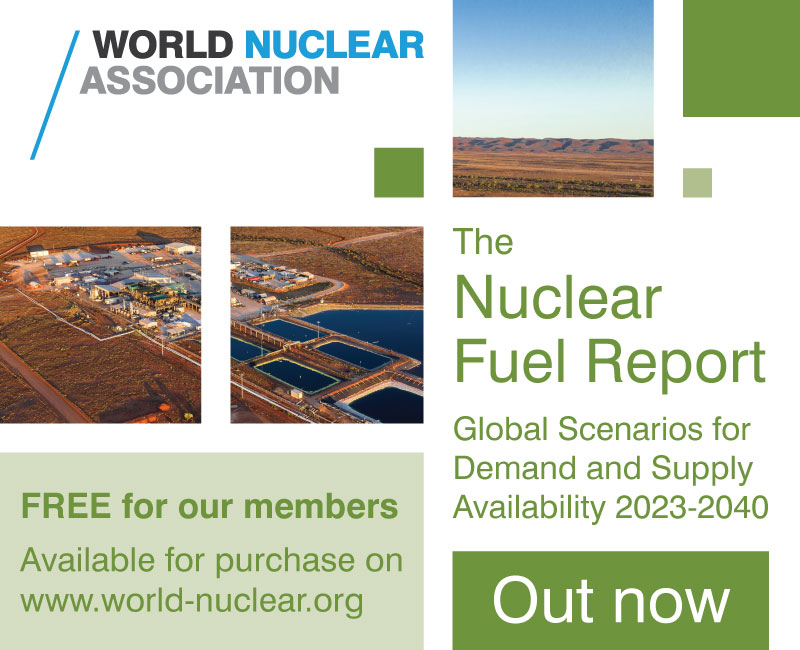Worldwide nuclear capacity continues to grow in 2016
Global nuclear generating capacity increased slightly in 2016 to 391.6 GWe net, up from 382.2 GWe at the end of 2015, according to data from the World Nuclear Association. Construction of three large reactor projects also started during 2016, while three units were permanently shut down.
Ten new nuclear power reactors with a combined generating capacity of 9479 MWe came online in 2016. Five of these - Ningde 4, Hongyanhe 4, Changjiang 2, Fangchenggang 2 and Fuqing 3 - were in China. Unit 3 of South Korea's Shin Kori plant was also connected to the grid, as were India's Kudankulam 2, Pakistan's Chashma 3, Russia's Novovoronezh 6 and the USA's Watts Bar 2.
In 2015, 9497 MWe of new nuclear generating capacity was connected to the grid, while 4763 MWe was added in 2014.
China started construction of the 1080 MWe Tianwan 6 and the 1150 MWe Fangchenggang 4 during 2016. In addition, China General Nuclear also started construction of a 60 MWe floating nuclear power plant project.
Construction was also started last year at unit 3 of Pakistan's Karachi nuclear power plant, where work on unit 2 began in 2015.
Three power reactors with a combined capacity of 1402 MWe were officially shut down in 2016. These were Ikata 1 in Japan, Fort Calhoun in the USA and unit 3 of Russia's Novovoronezh plant. Also in Japan, the government took the formal decision that the Monju prototype fast breeder reactor would not be restarted and steps will be taken to decommission it. The Monju reactor has been offline since 2010.
At the end of 2016, there were 447 reactors operable around the world totalling 391.4 GWe net, and 60 under construction (64.5 GWe gross). This compares with 439 reactors in operation at the end of 2015, with a total 382.6 GWe.
The World Nuclear Association has developed its own vision for the future of electricity, referred to as Harmony. This is based on the International Energy Agency's 2-degree scenario which aims to avoid the most damaging consequences of climate change and requires a large increase in nuclear energy. Harmony envisages a diverse mix of low-carbon generating technologies deployed in such a manner that the benefits of each are maximised while the negative impacts are minimised. The Association's target for nuclear energy is to provide 25% of electricity in 2050, requiring roughly 1000 GWe of new nuclear capacity to be constructed.
Researched and written
by World Nuclear News
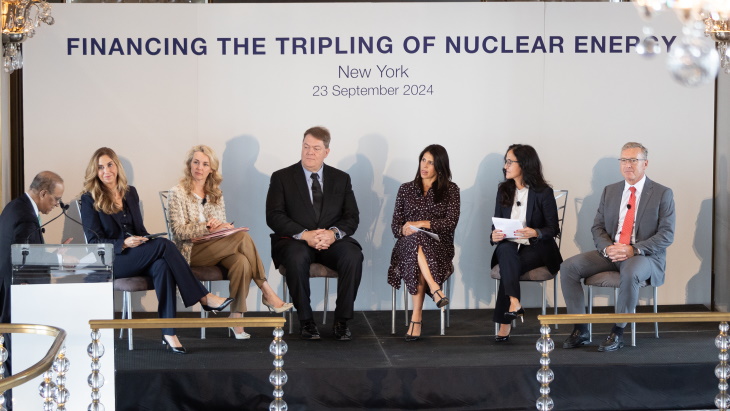
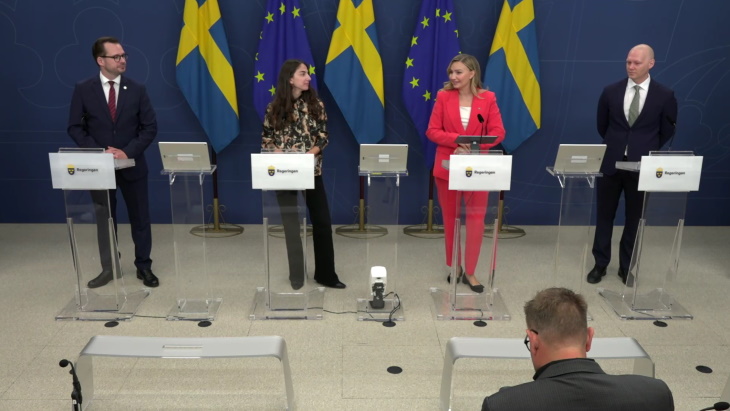
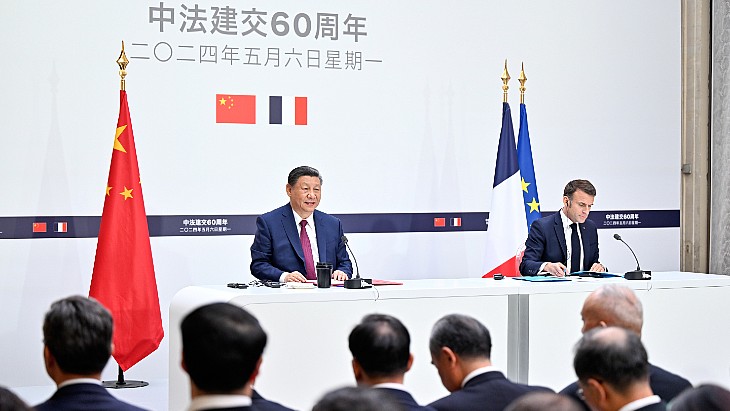
.jpg)





